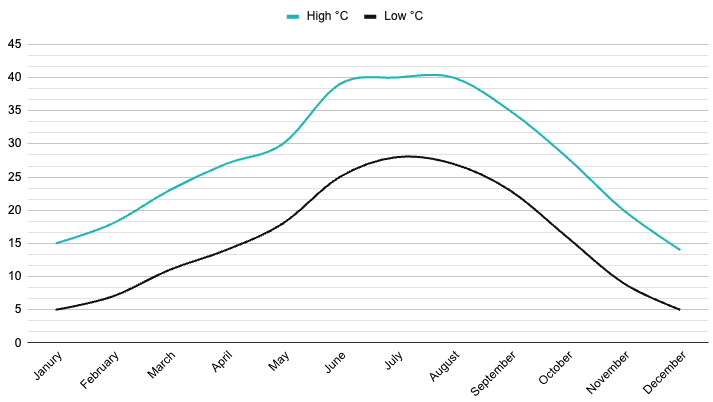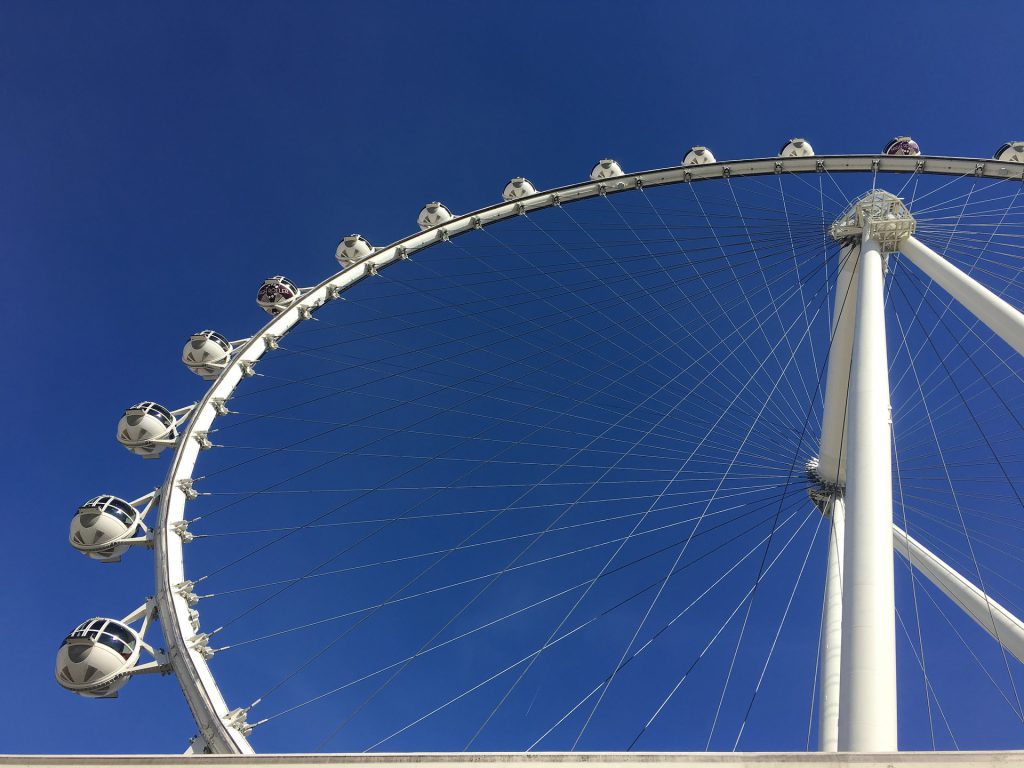
Guide to Visiting Las Vegas, Nevada
Are you ready to visit the shiny, glitzy city of Las Vegas? The good news is that you don’t have to be an experienced traveler to enjoy this world-renowned destination. Whether you’re looking to try your luck at the casino or soak up the desert sun, Vegas has something for everyone. In this beginner’s guide, we’ll show you the ropes on how to travel, get around, and visit the best attractions in Las Vegas.
A Brief History of Las Vegas
Before we dive into the good stuff, let’s take a quick trip down memory lane and learn a bit about the history of Las Vegas. Founded in 1905, Las Vegas was originally a small railroad town in the middle of the Nevada desert. It wasn’t until the 1930s that Vegas began to boom, with the legalization of gambling and the construction of the Hoover Dam. Since then, the city has transformed into a mecca for nightlife, entertainment, and tourism.
The Monthly Climate of Las Vegas
If you’re planning a trip to Vegas, you’ll want to consider the monthly climate before packing your bags. Las Vegas has a subtropical desert climate with hot, dry summers and mild winters. During the summer months of June through August, temperatures can reach as high as 100 degrees Fahrenheit, while winter temperatures average around 60 degrees Fahrenheit. The best time to visit Las Vegas is in the spring or fall when temperatures are more temperate.


How to Travel to Las Vegas
Getting to Las Vegas is easier than you think. The city is served by McCarran International Airport (LSA), which is conveniently located just a few miles from the Las Vegas Strip. Many major airlines offer direct flights to Las Vegas, including Delta, American Airlines, United, and Southwest. If you’re planning a road trip, Las Vegas is accessible from many major highways, including I-15 and I-40.
How to Get Around Las Vegas
Once you’ve arrived in Las Vegas, it’s time to explore the city. Fortunately, getting around Vegas is easy, thanks to a variety of transportation options. If you’re staying on the Strip, walking is the most convenient way to get around. The Strip is approximately 4.2 miles long, but the glittering lights and lively atmosphere make it seem much shorter. If you’d rather not walk, the Las Vegas Monorail is a great option. It runs along the east side of the Strip and stops at seven different resorts. Taxis, ride-sharing services, and rental cars are also available. You can also book private transfers from the airport for about the same price as an Uber.






Recommendations for the Best Tourist Attractions in Las Vegas
Now that you know how to travel and get around Las Vegas, it’s time to explore some of the best tourist attractions the city has to offer. Here are our top recommendations:
Visit the Bellagio Fountains – Located in front of the Bellagio Hotel, the Fountains of Bellagio is a stunning water show set to music. Shows run every 30 minutes in the afternoon and evening.
Explore the Stratosphere Tower – One of the tallest freestanding observation towers in the United States, the Stratosphere Tower offers stunning views of the Las Vegas skyline.
See a Show – Las Vegas is known for its world-class entertainment, so be sure to catch a show while you’re in town. From Cirque du Soleil to magic shows, there’s something for everyone.
Check out the Mob Museum – If you’re a fan of true crime, the Mob Museum is a must-visit. The museum chronicles the history of organized crime in the United States and features exhibits on infamous gangsters like Al Capone and Lucky Luciano.
Get a Thrill at the Adventuredome – Located at Circus Circus, the Adventuredome is an indoor amusement park with rides for all ages. From roller coasters to bumper cars, there’s no shortage of thrills.
Conclusion
There you have it, a beginner’s guide to visiting Las Vegas. From the city’s rich history to the best tourist attractions, we’ve covered everything you need to know to make your trip a success. So pack your bags, grab your lucky rabbit’s foot, and get ready to experience the magic of Las Vegas.



